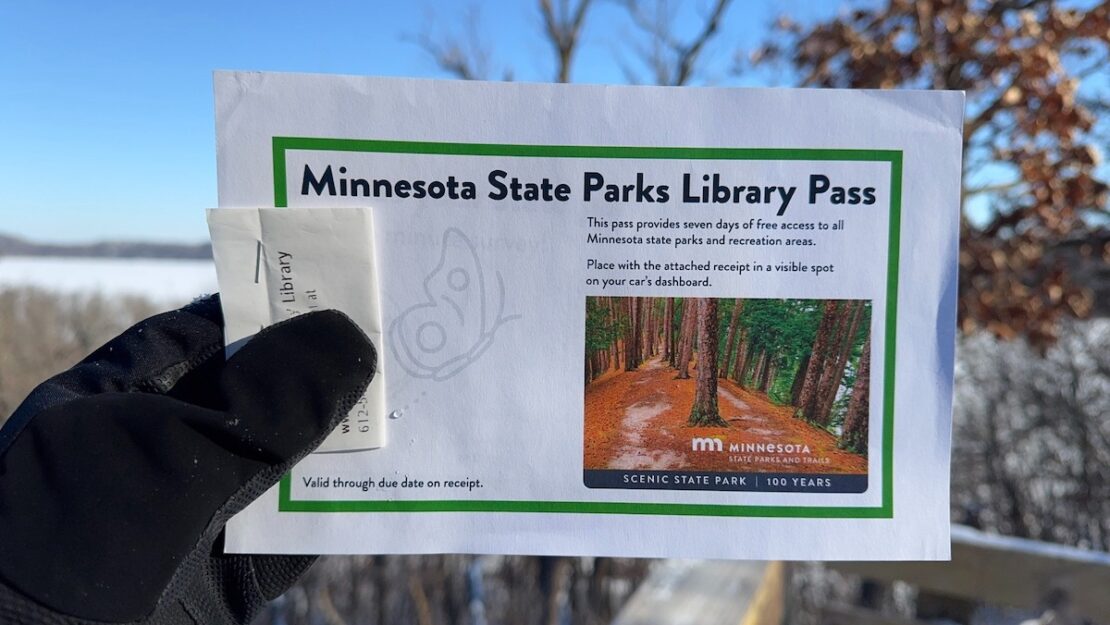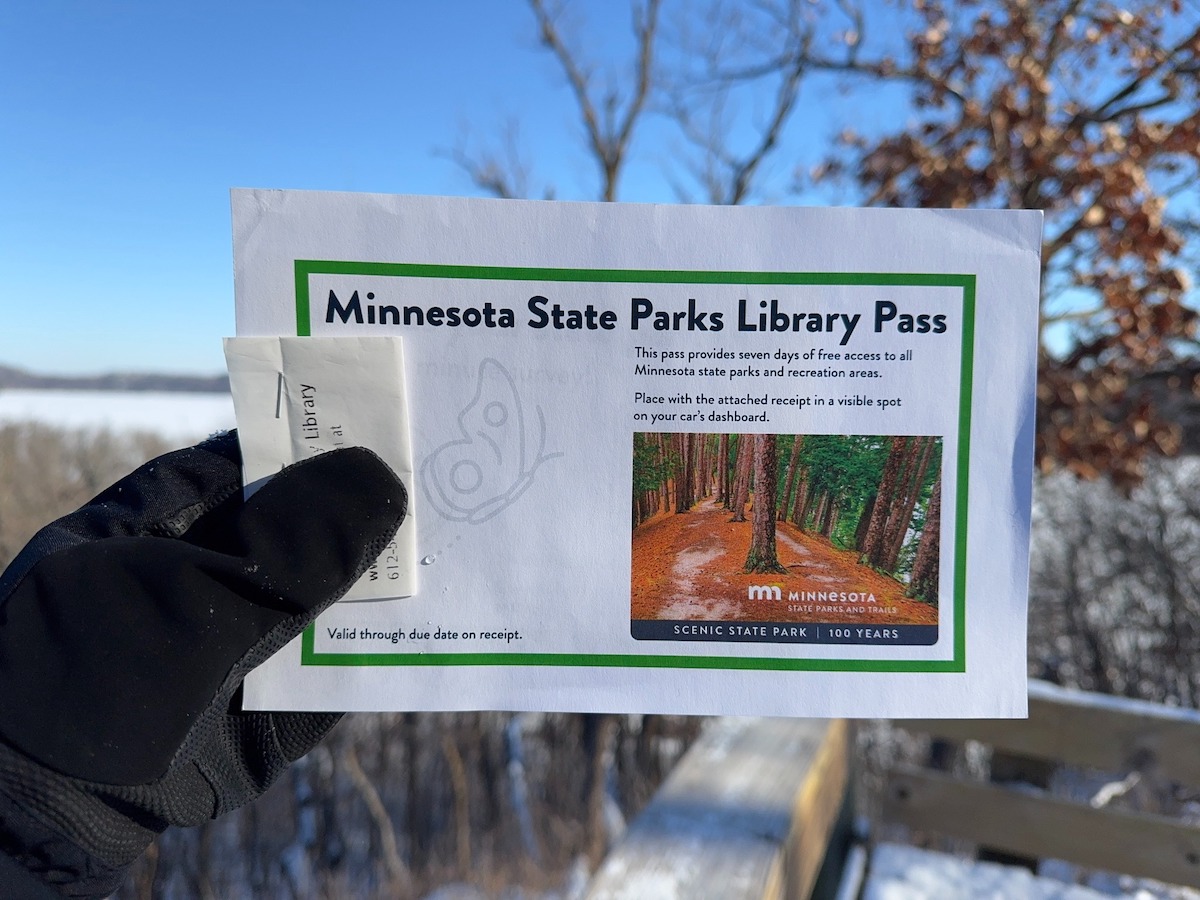Enhancing Accessibility at Minnesota State Parks

By Meg Bishop, Marketing Specialist Individual Placement Member / AmeriCorps Member placed at the Minnesota Department of Natural Resources Division of Parks and Trails
As an Individual Placement in the position of Marketing Specialist at the Minnesota Department of Natural Resources in the Parks and Trails Division, I’m learning how to share the importance of and be involved in the inclusivity of outdoor spaces.
Over the last few years, the DNR has worked to enhance accessibility, removing barriers to outdoor recreation for individuals with disabilities, those whose primary language is not English, and those living in lower-income communities. From all-terrain track chairs to the introduction of language interpreters at events, and free park passes for those with financial barriers—the Division of Parks and Trails is working to make Minnesota state parks a welcoming space for all.
One of the most exciting additions to Minnesota state parks is the introduction of all-terrain track chairs. The vehicles are designed to navigate the rugged terrain of state parks, allowing individuals with mobility challenges to explore areas that were once inaccessible. They are free at select parks, and visitors can easily reserve them in advance through the DNR website.
Inclusivity goes beyond physical accessibility, which is why the DNR has added language services to its programming. At the request of a participant prior to an event, the DNR now offers language interpreters for classes, guided hikes, and other hosted events. This service ensures that language barriers no longer prevent anyone from participating in park activities or benefiting from educational programs.
The DNR also launched its Library Park Pass program in 2021, designed to provide access to state parks for individuals in low-income communities. Financial constraints can limit access to outdoor spaces. Through the program, Minnesota residents can check out park passes from participating libraries, making it easier for families and individuals with limited financial means to explore state parks. By collaborating with local libraries, the DNR is breaking down barriers to access and ensuring that more people can enjoy the recreational and educational opportunities that state parks provide.
The DNR’s focus on accessibility is not just about addressing immediate needs—it’s about creating a long-term, inclusive vision for Minnesota State Parks. With ongoing improvements and new initiatives, the DNR continues to find innovative ways to make parks more accessible to all, from people with disabilities to individuals in underserved communities.
